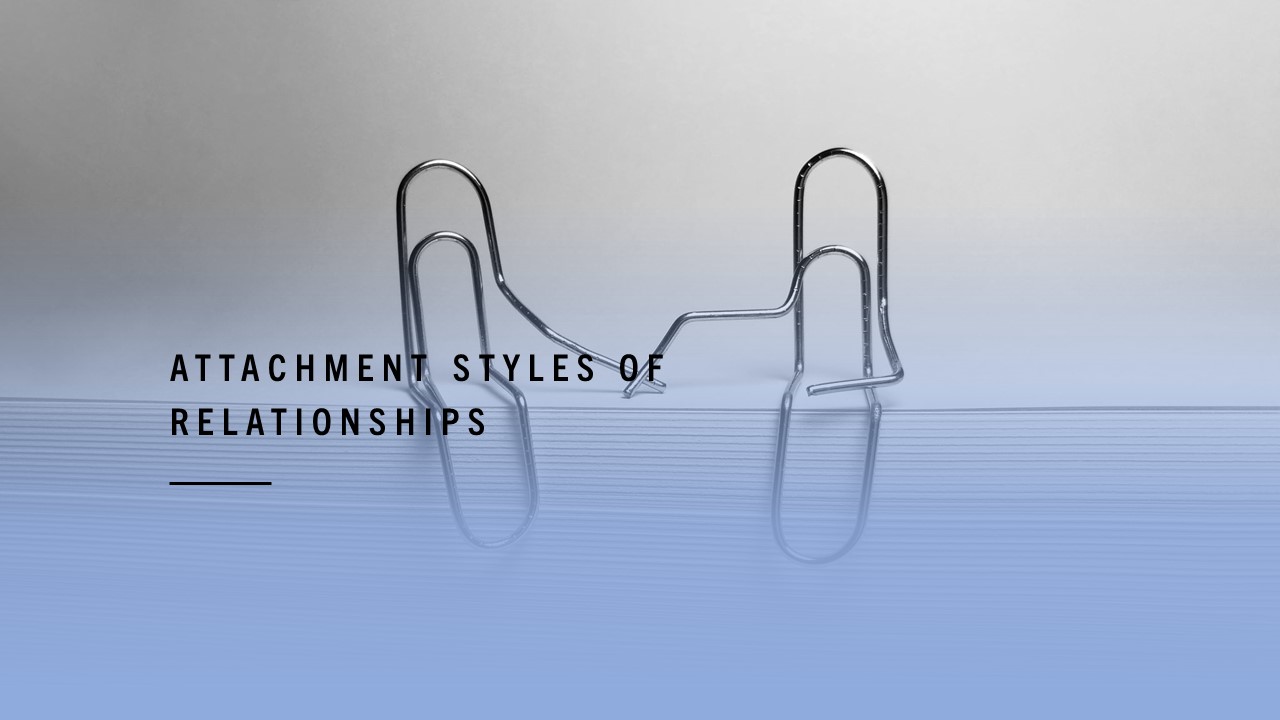The attachment theory has grown in popularity in the study of love. In many respects, love is an attachment that stems from our childhood. The four attachment styles are anxious, avoidant, disorganized, and secure. The attachment theory is based on extensive research conducted over the past several decades in the study of love. You may have a chance to learn your personal attachment style here.
The Basics of Attachment Style Theory
Attachment needs stem from the human need to belong. This is why an infant has a strong motivation to experience security-seeking with his or her caregiver, such as a mother. An infant has a strong motivation to experience security-seeking with his or her mother. This experience of early childhood has a profound impact on them for the rest of their lives, particularly in terms of romantic relationships. A secure relationship with a mother in infancy promotes secure attachment styles, whereas an insecure infancy may result in more insecure relationships.
The four major attachment styles currently identified by researchers in love are
See for reference, Tree MeinchApr 11, 2023, What Your Attachment Style Says About Your Relationship
- Avoidant Attachment (or dismissive attachment): Often associated with a lone-wolf or self-sufficient persona. Those who move this way might come across as emotionally guarded, steering away from emotional conversations and vulnerability. They are less likely to seek comfort and support or offer that care to partners.
- Anxious Attachment (or preoccupied attachment): This type can appear needy, untrusting or clingy in their actions toward a partner. Fear of abandonment often motivates their behavior. They might seek consistent reassurance that they are safe and secure in their relationship.
- Disorganized Attachment (or fearful-avoidant attachment): The most extreme and least common of the styles. It often involves irrational, unpredictable and intense behavior in partnerships. In many instances, it accompanies mental health or personality disorders.
- Secure Attachment: This ideal type is the most likely to trust their partner and form long-lasting, healthy relationships. It typically corresponds with emotional availability and reliability in partnership.
The degree to which this framework has influenced the field of relationships and development is perhaps the most notable aspect of this framework. Attachment theory has likely generated more empirical research in the past 30 years than many other theories of love.
Since 2012, this research has continued, producing a mixture of revisions, challenges, and some support for its core tenets. Love attachment can be imprinted in early childhood, but not necessarily.
The Challenges of Research on Love as Attachment Style
Some researchers have questioned the rigidity with which they should define attachment styles and the extent to which these types impact an individual’s life and relationships. The research evidence is inconsistent.
The British researcher Elizabeth Meins has recently claimed that the theory of attachment has been routinely misunderstood in terms of its effect on a relationship.
Some researchers underscore that each attachment style is a spectrum rather than a fixed and categorical quality of relationships. An attachment style is hardly fixed for individuals. And it is only one of many variables in love relationships. She claims that researchers tend to overestimate the effect of attachment experiences as a predictor of behavior, development, and relationships.
As Elizabeth Meins wrote,
“Somewhere along the line, the idea that early attachment is the best predictor of all aspects of later development has gained credence. I stand by my claim that laying so much emphasis on attachment isn’t helpful. Being made to worry about whether you have a secure attachment with your baby won’t make you a better parent.”
The accumulated evidence of love studies points to something considerably more intricate and nuanced than a superficial examination of relationships.
